Now, after having everything set up properly, you can execute your new npm script with npm run svgr on the command line. Reading the command line output, you can see that new JavaScript files are being generated from your svg files. After the command terminates, you should be able to see the svg icons rendered as React components when starting your application. You can also check your src/Icons folder to see all generated React icon components. They take props as arguments as well, which makes it possible for us to define their height and width. It's possible to have one folder in your React application that holds all your .svg files for your icons.
From there, you can generate your React components manually/automatically. The tool we are using is called SVGR which is widely used (e.g. create-react-app). Whenever you run the command npm run convert-svg a JSX file will be created for every SVG file that's present in the directory src/assets/icons. These JSX files can be found in the directory src/components/Icons, together with an index.js file that exports all these components from this directory.
Create-react-app version 2.0 added a lot of new features. One of the new features is added the svgr webpack loader to wrap SVGs in React components as a named export. This let's you either grab the filename from the default export or grab a wrapped SVG component depending on your needs.
It would be best if you kept in mind that the ReactComponent name is not optional, and it's necessary to import svg files in create-react-app. I have seen a lot of libraries for svg on react but none gave me how to import an svg file in the react component. I have seen code which talk about bring the svg code into react rather than using the .svg icon as image and show it in the UI. This library assumes the base color as #000 so if you're using white-based icons, you'll have to replace them with fill #000. If you are using React inline styling, you have to remove the semi-colon at the end of the value. First, create a react component with SVG that accepts props and passes it to SVG element.
If your React application is bootstrapped using the create-react-app SVGR webpack loader is already included in your configuration. This should be enough in most cases but I needed to create a generic and reusable container for SVG icons. I wanted to avoid styling vector elements in each component and store them in a separate component. Please note that by default, @svgr/rollup will try to export the React Component via default export if there is no other plugin handling svg files with default export. When there is already any other plugin using default export for svg files, @svgr/rollup will always export the React component via named export.
Since filters are quite complex this plugin adds a simple key omitKeys to allow end users to quickly remove props that are problematic from their svg files. This tells webpack to include that file in the bundle. Unlike CSS imports, importing a file gives you a string value. This value is the final path you can reference in your code, e.g. as the src attribute of an image or the href of a link to a PDF. Once you start your application, Webpack is doing its thing and you don't need to worry about your SVGs anymore. You can put your SVG files anywhere in your src/ folder and import them wherever you need them as React components.
There is no need anymore for the SVGR npm script in your package.json file which we have implemented in the previous section. Next, put all your .svg icon files into a /assets folder next to your src/ folder. We don't want to have the assets mixed with our source code files, because we will generate JavaScript files based on them. These JavaScript files -- being React icon components -- are mixed with your other source code files then. First, use yarn or npm to install @svgr/webpack to your project.
You'll then need to create or add to your next.config.js in the root of your project. Fonts are managed like text and it is therefore possible to customize an icon's size or color. For emojis used in a text, it could be more relevant, however. By running the convert-svg script you both optimize and convert all the SVG files in src/assets/icons to React components based on optimized SVGs. We specify the relative path to the svg file and import ReactComponent named export, although we use the as statement to reference it as LogoSvg in our application. This import will be replaced by a string of the image path when the application builds.
To reduce the number of network requests, if the image file size is less than 10 kB, then the image will be inlined using data URI instead of a path. Several types, including IconLookup and IconDefinition, appearing above, actually originate from the @fortawesome/fontawesome-common-types package. They are re-exported from both @fortawesome/fontawesome-svg-core and @fortawesome/free-solid-svg-icons . This is just to make importing more convenient in some cases. Refer to the index.d.ts in any module to see which types it exports.
It's likely that some of your SVGs used in css/sass files are processed by svg-react-loader instead of url-loader due to incorrect configuration. Create a functional component that just returns the arrow icon with a property called "fill". This is what will allow us to change the icons' color from our other components.
In this example I have set a default color (an exciting, neon-green) if nothing is specified from the other components. The only thing to make this work is to pass the icon component into SvgIcon. Now all SVG's in my project are adjusted to the parent container. If I need to set other dimensions to the icon, I have to pass the appropriate width or height prop in the desired component. So far I've needed to change only the width and the height using props, but it's easily extendable. Other properties might be added to manipulate the SVG using props.
Having this in place, SVGR's template feature will add the custom hook to every generated icon component. The hook only runs for icon components which have no viewBox attribute though. If you run your application again, you should see all icon components rendered properly, even though you may have removed the viewBox attribute from one of them. Add the following to the top of the file you want to import the icon in.
If using a new create-react-app project, you can add it to the top of src/App.js. The build script uses SVGO to optimize the SVGs, extract SVG path data, and extract metadata. The example packager for React then uses templates to create a package.json and the React icon components shown earlier.
Before we can go about importing SVGs as assets for our components, we have to add some configuration to our Storybook environment to handle the importing of the files. Is it possible to change the color of an imported svg image based on state updates? The style is always primaryBlue even when the active value is true and the textSubdued should be applied. SVG elements should be scaled for a 24x24px viewport so that the resulting icon can be used as is, or included as a child for other MUI components that use icons. To inherit the viewBox value from the original image, the inheritViewBox prop can be used. There are multiple ways to feature .svg files in a React application.
This article discusses two ways to include .svg visuals in your React app. The following configuration uses svg-react-loader to process SVGs from a path matching /assets/, and url-loader to process SVGs from everywhere else. At the moment react-native-svg does not support custom font families in iOS right out of the box.
A workaround is to take your .svg with custom fonts and convert it to outlines. This will replace text tags for path tags in your .svg file. I've been working on a React project that uses custom SVG icons and needed a nice way to import these icons. Since I'm using create-react-app, I've been able to import SVGs as React components. If you have a local image and using webpack then you need to add file loader as a plugin to your webpack build config.
This is included in the project anyway but by adding a configuration file we need to specify it explicitly. Each React component renders an inline SVG, using path and dimensions data extracted from the SVG source files. A helper function called createIconComponent means that only a few lines of boilerplate are needed to create a component from SVG data. This allows your module bundler to package only the icons that are needed, and icons can be efficiently split across chunks when using code-splitting. This is a significant advantage over icon libraries that require fonts and bundle all icons into a single component.
After doing this you can run svgo from the command line and optimize any SVG file instantly. But, you don't want to do this manually on your machine anytime you're adding a new icon to a project . Therefore, you can also add SVGO to a project locally and add a script to the package.json file to optimize all SVGs in a certain directory.
This is a pretty old package and it hasn't been updated in a long time. There's an open PR that has been ignored for a few months, and none of the dependencies have been updated, even though there have been relevant issues opened. So I'm wondering what the status of this project actually is?
This project is linked by react-native-svg and so is a pretty important solution for those who want import SVG-as-component functionality. Hi, I've been trying to import SVG file to use in my react-navigation file as an icon. I installed the library as you write in the readme file.
If you use React Native version 0.56 or older, you need to rename your .svg files to .svgx. Below is an example of using the import statement to feature .svg files. This method of import allow you to work with the SVG the same way you would with any other React component.
The SVG component accepts a title prop, as well as any other props that the svg element accepts. Now that we have our logo.svg file as a React component Logo.jsx, we can publish it to our collection on Bit. This way, we'll make it available for our team to use in other projects.
Converting an SVG to a React component simply means creating a React component that renders an SVG. This does away with having extra .svg files lying around. Storybook has a default webpack config which specifies file-loader for SVG assets which is the cause of the incorrectly imported SVGs. We'll be making some changes to our version 6 packages that use the new exports property on the package.json file to fix this in the future. In the following code snippets, you'll use the shortcut notation for the icons—referencing the icons by their names as strings.
But remember, that option is only valid after you've either explicitly imported and added those icons to the library, or externally loaded an icon bundle. This is especially handy for components with a hover state, where one would expect the icon to change color along with the text. If the color property of the parent component is set to change on hover, the icon will happily follow suit.
For the most part, we do not want all our SVG files to be loaded as a React components. We could combine the above methods depending on the use case. All we have to do is update our webpack configuration. Once you start your application, Webpack will do its thing and you don't need to worry about your SVGs anymore.
It's likely that you use SVG in your React component, that is processed by url-loader instead of svg-react-loader due to incorrect configuration. We will create a single component called Svg, that will have all the icons for our app and use props to get the desired icon and control its attributes. This approach allows SVG files referenced from JavaScript to be converted to JSX, but SVGs referenced elsewhere to be kept as SVG files. Use the "..." syntax to run the default SVG transformer first before converting the SVG to JSX.
Webpack finds all relative module references in CSS (they start with ./) and replaces them with the final paths from the compiled bundle. If you make a typo or accidentally delete an important file, you will see a compilation error, like when you import a non-existent JavaScript module. The final filenames in the compiled bundle are generated by webpack from content hashes. If the file content changes in the future, webpack will give it a different name in production so you don't need to worry about long-term caching of assets.
Wrapping the SVG icon into a separate component is helpful when it comes to unifying the appearance of these elements across your application. Using this component along with the SVGR package or other SVG optimization tool will make your icons easily scalable and editable. This may also increase the performance and speed of your website.
The next option is to transform your svg file directly into a React component. I won't explain how it works in detail but here's the snippet that shows how simple it is. After the configuration you just need to include your SVG as a component, the optimization will be handled by SVGR. You can paste the SVG content inline, in any of your components. Your component code will be bloated with the svg code, there's no reusability.
The SVG code won't give any output if you try to open it. That's all it needs to generate React components from SVGs. Every time you have a new SVG file or adjust one of your existing SVG files, you can the npm run svgr command again.
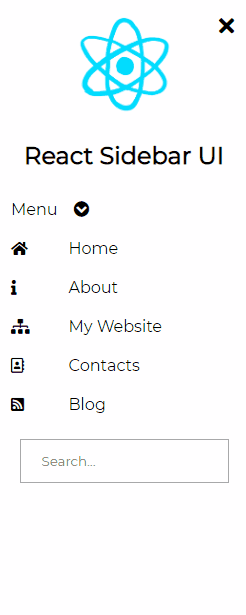
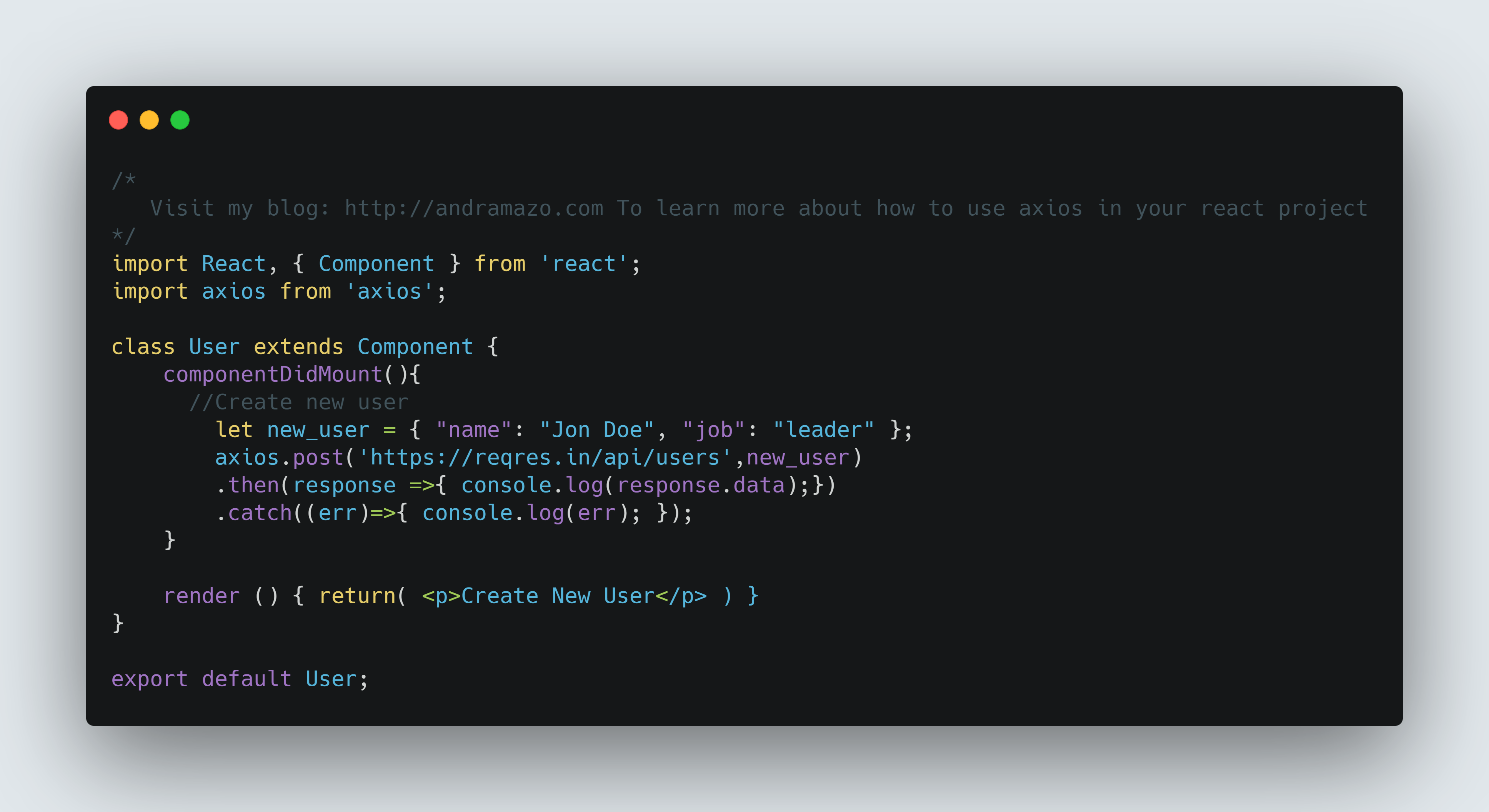
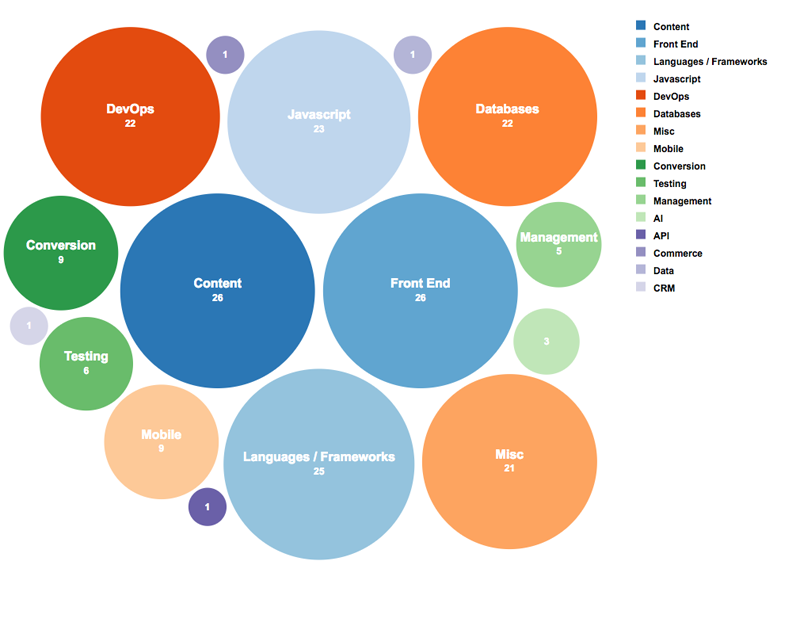









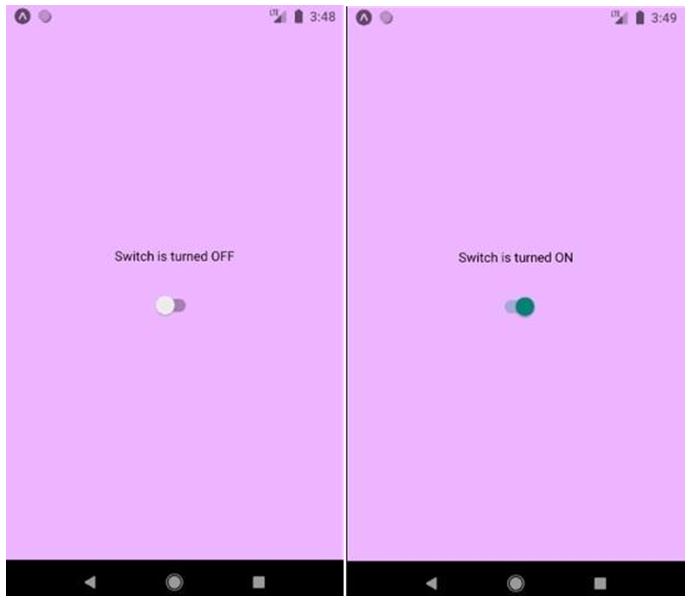







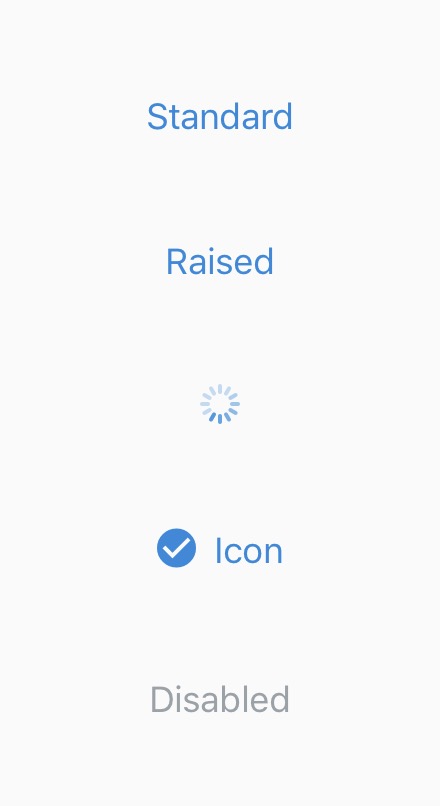




No comments:
Post a Comment
Note: Only a member of this blog may post a comment.